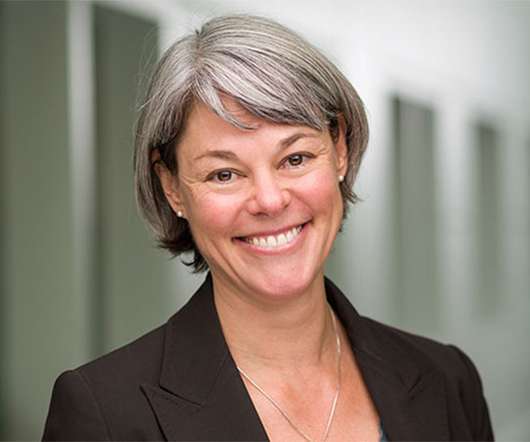The Overlooked Crisis: Trauma Care for Older Adults in a Strained Nursing Workforce
Evidence-Based Nursing - BMJ blogs
MARCH 30, 2025
This weeks blog is written by Hanna Jrbrink, a specialist nurse surgical care, PhD student, and research nurse at the Department of surgery and trauma care, Sahlgrenska University Hospital, Sweden. Scandinavian journal of trauma, resuscitation and emergency medicine. Schuster S, Singler K, Lim S, Machner M, Dbler K, Dormann H.













Let's personalize your content